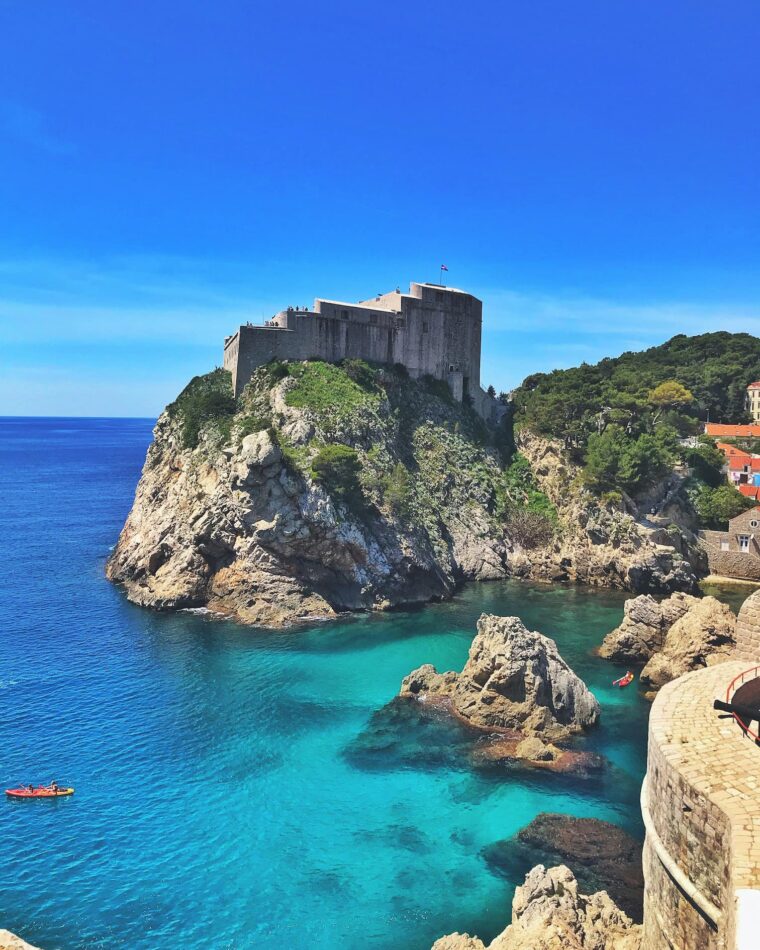- Diverse Sailing and Cultural Experiences: Croatia’s extensive coastline, over 1,200 islands, and rich historical landmarks offer a unique blend of maritime adventure and cultural exploration. Sail through picturesque coves, ancient towns, and vibrant coastal communities that make every stop a story in itself.
- Expert Chartering Guidance: The guide provides valuable advice on choosing the right type of yacht—from bareboat to crewed charters—and explains crucial rental details like paperwork, licensing, and safety requirements. These insights ensure you select a charter that matches your experience, group size, and budget for a seamless vacation.
- Essential Navigation and Weather Tips: With detailed coverage on seasonal winds such as the Maestral, Bora, and Jugo, the post emphasizes the importance of planning your route with real-time weather updates and up-to-date nautical charts. This preparation is key for enjoying calm sailing conditions and safe passages through Croatia’s diverse maritime regions.
KEY TAKEAWAYS
Introduction
Glide through turquoise waters, discover hidden coves, and dock beside medieval towns—chartering a yacht in Croatia unlocks a truly unforgettable maritime adventure. With more than 1,200 islands, countless bays, and over 1,700 kilometers of Adriatic coastline, Croatia offers one of the most diverse and accessible sailing regions in the Mediterranean.
A yacht rental here is more than just a holiday—it’s a voyage through time, nature, and culture. From the ancient Roman remains in Split to the walled city of Dubrovnik, and the lavender fields of Hvar, each stop is a world of its own. This Croatia sailing guide is designed to help you plan your route, navigate the weather patterns, and select the best vessel type for your needs—whether that’s a bareboat, skippered, or crewed charter.
The tips for renting yachts in Croatia we’ll share cover everything from when to book for the best prices to understanding local marina facilities and regulations. You’ll also find crucial details on paperwork, licenses, and maritime safety—important info for charters that ensures a safe and seamless sailing experience.
Whether you’re a seasoned sailor or first-time explorer, Croatia welcomes you aboard with calm waters, modern ports, and endless stories waiting to be discovered.
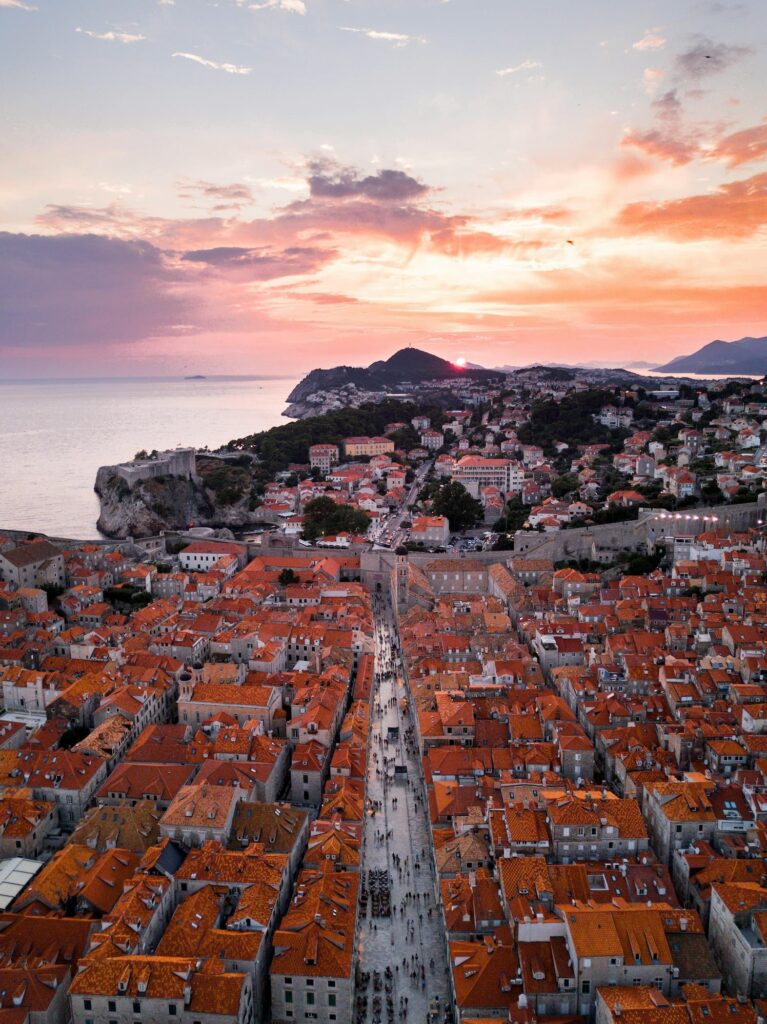
Why Choose Croatia for Yacht Chartering?
Croatia’s 350km mainland coastline and more than 1,200 islands form one of Europe’s most rewarding sailing regions. Deep coves, sapphire waters, and limestone cliffs create a dreamlike setting for seafarers. The country’s position on the Adriatic makes it ideal for island-hopping and short-haul sailing, with every bend revealing a new discovery.
As a Croatia sailing guide favorite, regions like Central Dalmatia offer a blend of cosmopolitan towns and untouched nature. Hvar entices with fields of wild lavender, yacht parties, and hilltop fortresses. Brač boasts the iconic Zlatni Rat beach—a shifting golden horn of pebbles pointing into turquoise waters. Korčula is steeped in medieval history, with narrow stone alleys and renowned local vineyards producing native varieties such as Grk and Pošip.
Kornati National Park, often called “nautical paradise,” embodies raw wilderness with its 89 islands and islets scattered across glassy seas. The park is a protected marine area perfect for those in search of solitude, diving, and rare flora.
Cultural highlights include Dubrovnik’s ancient city walls, which encircle streets alive with centuries of history. In Mljet, charter guests can kayak across saltwater lakes within the island’s national park, framed by pine forests and ancient monasteries.
Every summer, thousands set sail for Croatia thanks to its world-class charter infrastructure, lively marinas, and detailed nautical charts. One of the most important tips for renting yachts in Croatia is to explore both top-rated and hidden ports—many accessible only by boat—offering exclusive experiences not found on land.
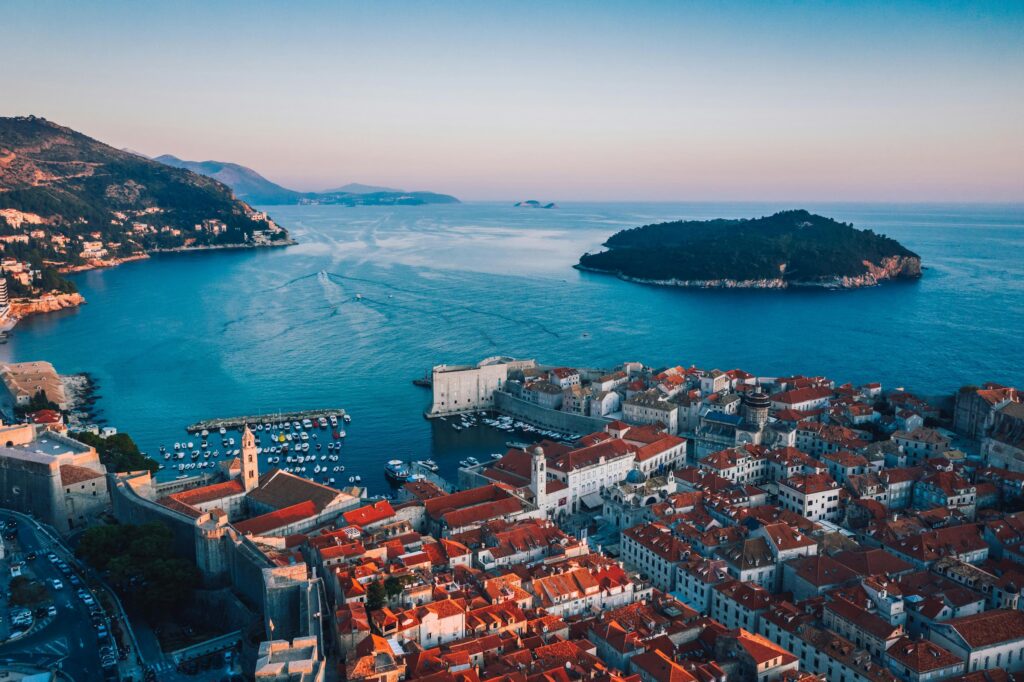
Croatia Sailing Guide
Top Sailing Routes and Must-Visit Islands
Croatia’s coastline stretches over 1,700 kilometers, with more than 1,200 islands, offering countless options for an unforgettable sailing holiday. A well-structured Croatia sailing guide will always include the Split to Dubrovnik route — a classic journey through ancient towns, quiet bays, and vibrant island life. This one-week itinerary takes sailors through Hvar, with its famed lavender fields and elite nightlife scene; Korčula, the alleged birthplace of Marco Polo, surrounded by vineyards and medieval towers; and Brač, home to Zlatni Rat, one of Europe’s most photographed beaches.
A two-week itinerary exploring both Northern and Southern Dalmatia unveils deeper treasures. Sailors can combine visits to Kornati National Park — a labyrinth of over 80 untouched islands — with Southern gems like Vis, a secluded island rich with World War II history and pristine coves. Mljet, often overlooked in shorter routes, is another jewel, offering tranquil saltwater lakes and lush pine forests inside a protected national park. You can learn more by reading our Reasons for a Yacht Charter in Croatia.
Hidden Gems and Unique Stops
While Hvar and Brač attract most yacht charterers, the allure of Croatia lies also in its lesser-visited locations. Vis remained closed to foreign visitors until 1989, preserving its authenticity and serene bays like Stiniva Cove. On Lastovo, one of the most remote Adriatic islands, traditional fishing villages and ancient Illyrian ruins remain intact. Šolta, just west of Split, offers peaceful anchorages in Maslinica and local honey and olive oil tastings for a true cultural immersion.
Seasonal Weather and Sailing Conditions
Understanding weather patterns is crucial for planning a safe and pleasurable voyage. The peak sailing season runs from June to August, when temperatures average 25–30°C and sea conditions are ideal for swimming and snorkelling. The Maestral wind, a steady thermal breeze from the northwest, typically picks up in the afternoon, assisting with smooth sailing.
For those seeking fewer crowds and lower charter rates, shoulder months like May, September, and even early October offer mild temperatures and clearer marinas. Wind patterns become more variable in these months, and sailors may encounter the Bora — a dry, gusty wind from the northeast — or the Jugo, a humid southeast wind that can bring cloud cover and waves. Navigation becomes more complex during these periods.
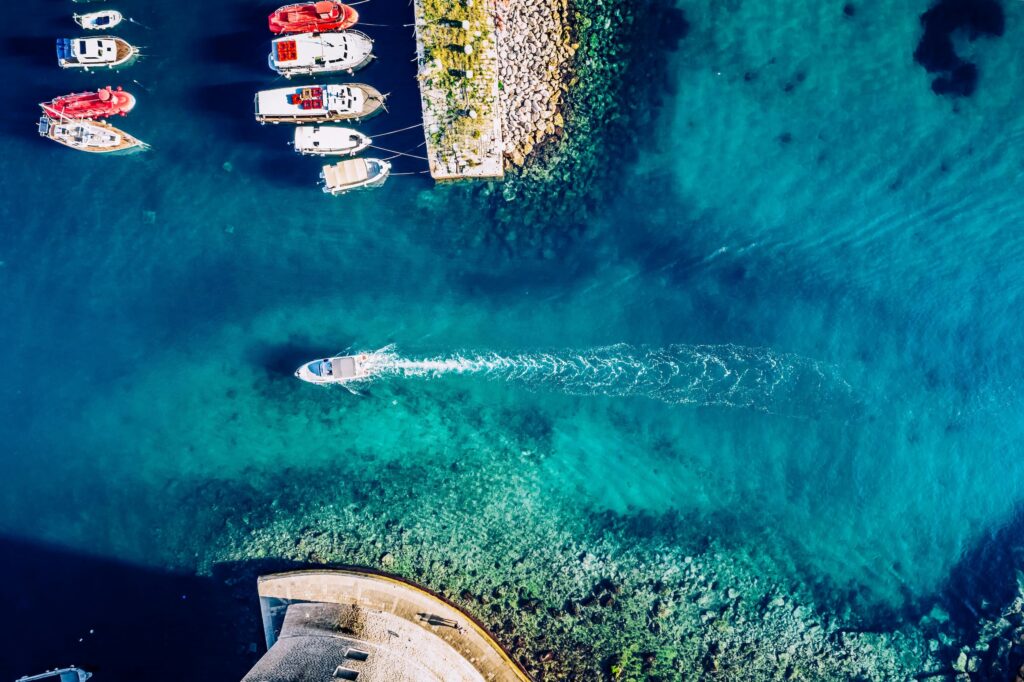
Sailing Tips and Navigation Advice
Much of the Adriatic offers line-of-sight navigation, making it beginner-friendly, especially around Dalmatia. However, areas like the Kornati archipelago — uninhabited and rocky with narrow channels — require greater skill. Hiring a local skipper familiar with topography and wind patterns is often the safest option here and highly recommended for charterers without advanced sailing experience.
Up-to-date nautical charts, VHF radio stations, and weather forecasts from official maritime sources help ensure safe passage. Moorings fill quickly in summer, especially in popular ports like Hvar Town, so early anchoring or reserved marina berths are wise.
This Croatia sailing guide delivers the most important info for charters, guiding you through routes, winds, seasons, and safety — ensuring your journey across the Adriatic is as smooth as the crystal waters beneath your keel.
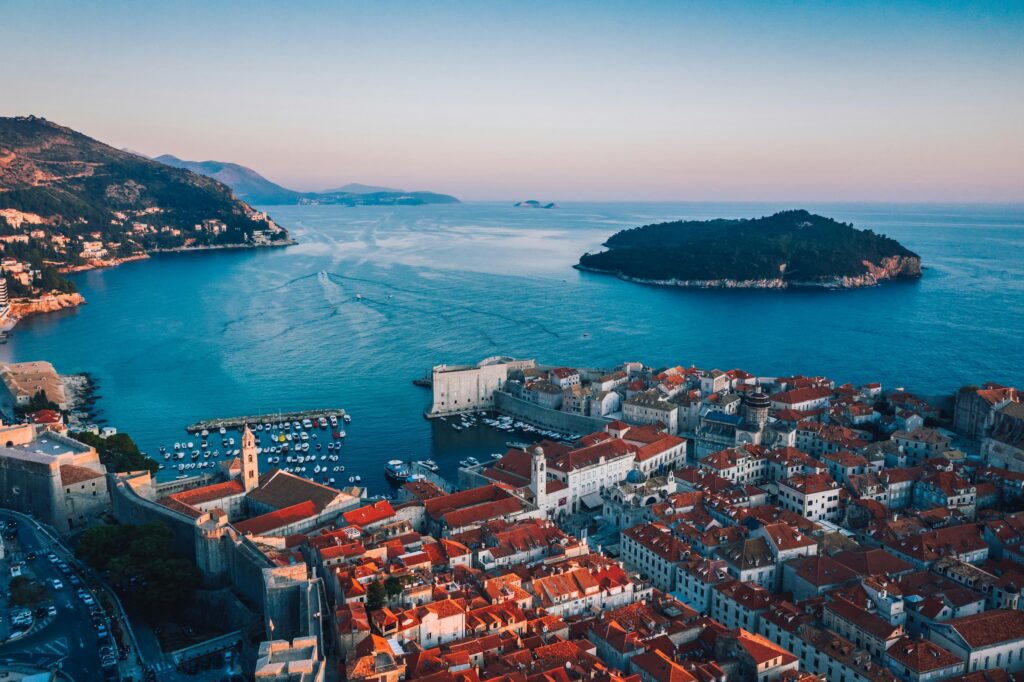
Tips for Renting Yachts in Croatia
Choose the Right Type of Yacht Charter
Selecting the ideal yacht depends on your group size, sailing experience, and desired itinerary. Bareboat charters are suitable for experienced sailors who hold a valid sailing license and VHF radio certificate. This option offers full control and privacy for navigating the Adriatic. For travelers without the necessary qualifications or who seek local expertise, skippered yachts provide a relaxed experience with a professional skipper onboard. Large groups or those looking for exceptional comfort can opt for a crewed yacht. These premium vessels come with a full crew—often including a chef, steward, and captain—delivering five-star service.
Yachts in Croatia range from compact 2-cabin sailboats to 50-meter luxury motor yachts accommodating up to 30 guests. Catamarans offer extra stability and space, making them great for families with children. Monohulls provide a traditional sailing feel, ideal for enthusiasts on a tighter budget.
Book Early and Choose a Reputable Provider
For the best selection and price, it’s essential to book 6–9 months before your intended departure, especially for July and August. Peak season demand is high and popular yacht models and marina berths fill up fast. Reputable charter providers should clearly outline terms, vessel specs, and safety protocols. Check for user reviews, license compliance, and partnerships with certified local operators.

Understand the Costs and Budget Wisely
Bareboat charters typically start around €1,000 per week in the shoulder season and can rise to €4,000+ during peak months. Skippered yachts cost an extra €1,200–€1,800 per week for the skipper’s fee. Fully crewed yachts can range from €10,000 to over €100,000 weekly depending on the vessel’s size, brand, and onboard services.
Don’t forget additional expenses, including fuel (averaging €150–€400 per week for sailboats, more for motor yachts), marina fees (€50–€150 per night), tourist taxes (€1.35 per person/day), and food provisioning. Optional extras such as Wi-Fi, paddleboards, or airport transfers may add further costs.
To manage your budget, compare price quotes from several charter agencies. Consider all-inclusive packages that roll in skipper, fuel, meals, and marine fees. Always confirm a transparent contract that clearly lists what’s included and excluded in the rental fee. Alternatively you can consider booking 2-day or 3-day charters.
Researching thoroughly and following these tips for renting yachts in Croatia ensures a seamless, unforgettable Adriatic sailing adventure. Check out our price guide.
Important Info for Charters
Before you set sail in Croatia, it’s crucial to understand the legal and operational requirements that govern yacht rentals. For bareboat charters—where no crew is provided—you must present a valid international sailing license recognized by the Croatian Ministry of the Sea. This includes qualifications such as the RYA Day Skipper, ICC (International Certificate of Competence), or a national equivalent. Additionally, a VHF radio license is mandatory for at least one person on board. If you’re not certified, you’ll need to hire a professional skipper.
Failing to comply with these conditions risks fines or denial of embarkation. Always confirm with your charter company whether your documentation is valid in Croatian waters. You can check the official list of accepted certificates on the Ministry of the Sea’s website.
Safety regulations in Croatian territorial waters are strictly enforced. All charters must include a safety briefing prior to departure. Essential safety gear provided on board includes life jackets for every passenger (including child-sized jackets), emergency flares, fire extinguishers, and a stocked first aid kit. Navigation lights are compulsory when sailing during dusk or dawn. GPS systems and marine charts should be fully operational and up to date.
Local maritime law restricts anchoring near ecological reserves and certain protected coves. In national parks like Kornati and Mljet, mooring is only allowed at designated buoys or marinas. Violations can result in fines or damage to fragile ecosystems, so always check allowed anchoring zones with your skipper or port authority.
Provisioning is another key aspect of preparing for a yacht trip. Many charter companies in Croatia offer pre-stocking services, where the crew delivers groceries and essentials to your yacht before departure. This can save valuable time on embarkation day. However, exploring local farmers’ markets in Split, Trogir, or Dubrovnik allows you to pick up fresh seafood, organic olive oils, and regional wines. This not only enhances your onboard meals but also supports small producers.
Modern yachts in Croatia offer advanced amenities such as air conditioning, ensuite cabins, well-equipped galleys, Bluetooth sound systems, and even water sports gear like diving masks or paddle boards. Some charters include extras like Wi-Fi, SUPs, and outboard engines. Always clarify what’s included in your rental agreement to avoid hidden charges and to ensure your needs are met—this is one of the top tips for renting yachts in Croatia.
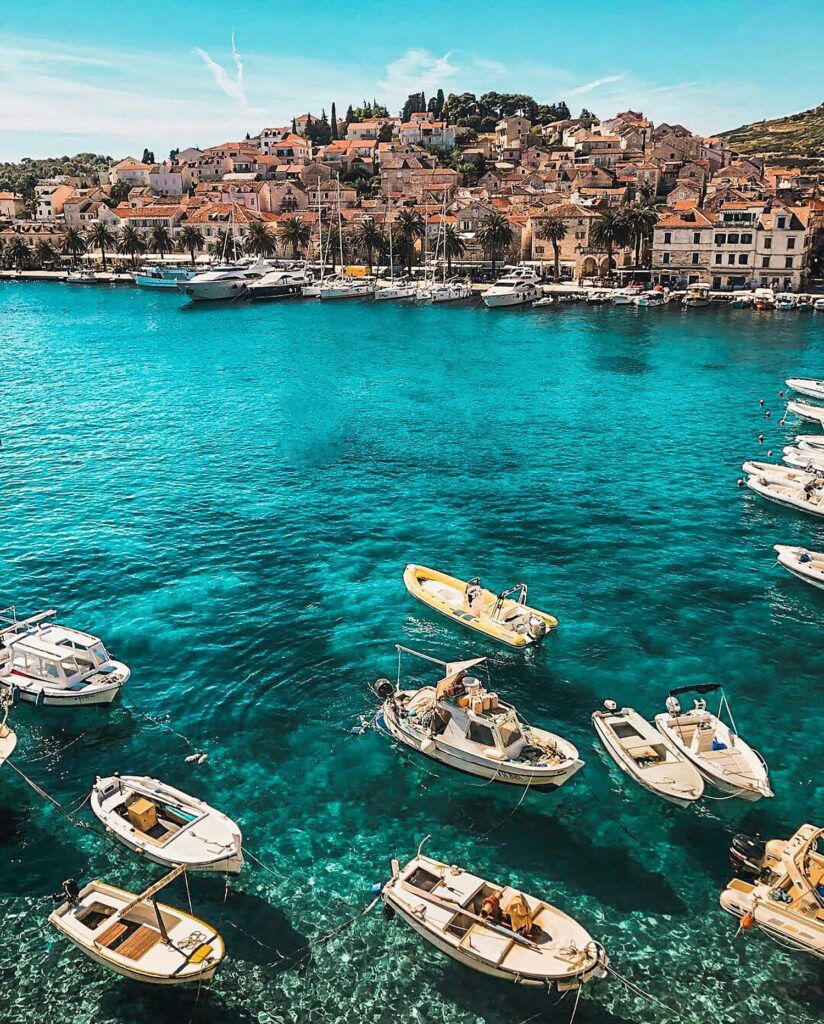
Weather in Croatia
Croatia boasts a classic Mediterranean climate, making it ideal for sailing. Summers are hot and dry, with average daytime temperatures between 26°C and 30°C from June to September. Sea temperatures hover around 25°C during peak months, creating perfect swimming conditions. Winters, especially along the Dalmatian coast, are mild and wetter, with occasional rainfall and average lows around 5°C to 10°C.
This favorable climate supports a long sailing season, especially from May to October. The prevailing summer wind, Maestral, is a steady northwesterly breeze that typically arrives by early afternoon and calms by evening. It’s predictable and ideal for cruising, especially along the islands. However, important info for charters includes being aware of sudden weather shifts caused by local wind patterns.
The Bora, a cold, dry northeasterly wind, can strike suddenly and reach speeds over 60 km/h, especially near the Velebit Channel. This gusty wind can create choppy seas and reduced visibility, particularly from November to March. The Jugo, a warm and humid southeastern wind, brings clouds and rain, often causing uncomfortable humidity and swelling waves.
A crucial part of the Croatia sailing guide is preparation. Always keep a flexible itinerary. Know where nearby safe harbors and marinas are located—in places like Sibenik, Hvar, or Korčula. Use real-time weather apps like Windy, PredictWind, or METEO.hr to track changes. These tools offer detailed wind, wave, and pressure data, helping skippers respond effectively to changing conditions.
Understanding these weather dynamics is essential to planning a smooth and safe yacht charter in Croatia.
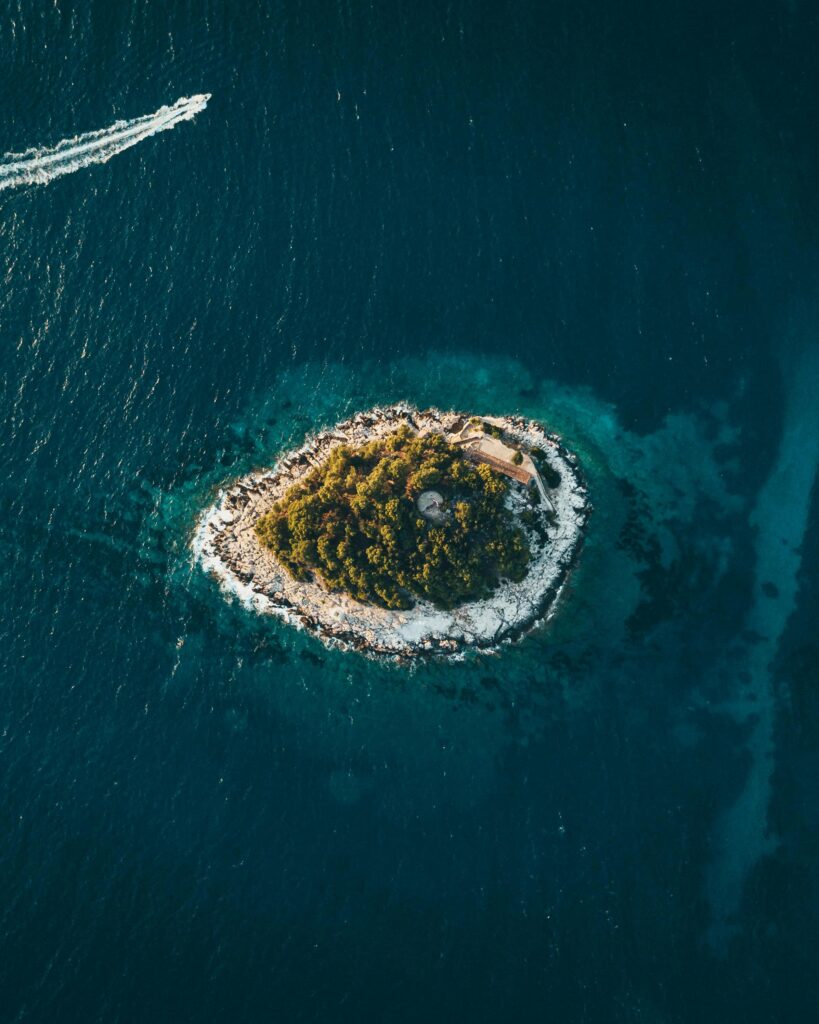
Conclusion
Chartering a yacht in Croatia unlocks an experience that blends nature, history, and adventure along the Adriatic’s turquoise coast. From the medieval walls of Dubrovnik to the hidden coves of Vis Island, the Dalmatian Coast offers timeless beauty in every anchorage. Routes like Split to Hvar and Šibenik to Kornati National Park provide rich sailing grounds with over 1,000 islands, each offering something unique—from ancient Roman ruins to UNESCO-listed heritage towns.
Our detailed Croatia sailing guide covered essential topics: where to go, when to sail, and how to charter with or without a skipper. We outlined expert tips on choosing the right yacht type, understanding bareboat requirements, and ensuring you’re insured and equipped for a safe journey. Rental procedures, local marina customs, and port fees were also demystified for first-timers and seasoned sailors alike.
Explore Croatia’s timeless charm with confidence. Let the crystal waters guide you to small fishing villages, lavender-covered hills, and sunset moorings. With the right guidance from viravira.co, sailing holidays in Croatia becomes not just a vacation—but a soul-stirring journey through culture and coastline. Your Adriatic adventure begins now.
| Category | Details |
| Location | Croatia – exploring the Adriatic, Dalmatian Coast, and over 1,200 islands |
| Best Time to Charter | June to August for peak conditions; May, September, and early October for fewer crowds and lower rates |
| Types of Yacht Charters | • Bareboat Charters (for experienced sailors) • Skippered Yachts (with local expertise) • Crewed Yachts (luxury, full-service) |
| Popular Sailing Routes | Split to Dubrovnik classic itinerary, Northern & Southern Dalmatia routes, island hopping in Kornati and beyond |
| Hidden Gems | Vis (Stiniva Cove), Lastovo, Šolta – offering authentic experiences away from crowded ports |
| Weather & Sailing Conditions | Ideal summer temperatures (25–30°C), steady Maestral wind; be aware of variable winds like Bora and Jugo during shoulder months |
| Yacht Options | From compact 2-cabin sailboats and catamarans to traditional monohulls and luxury 50-meter motor yachts |
| Legal & License Requirements | Valid international sailing license (e.g., RYA Day Skipper, ICC), VHF radio certification mandatory for bareboat charters |
| Cost & Budgeting | Bareboat charters start at approximately €1,000 per week (shoulder season) up to €4,000+ in peak season; extra fees apply for skippers, crewing, fuel, marina fees, and extras |
| Onboard Amenities | Modern ports with essential services, safety gear, air conditioning, ensuite cabins, Wi-Fi, and additional extras like paddleboards |
| Local Attractions | Ancient Roman remains in Split, Dubrovnik’s historic city walls, Hvar’s lavender fields, Korčula’s vineyards, and medieval heritage sites |
| Booking Tips | Book 6–9 months in advance, check charter provider reviews and licensing, and ensure clear terms for additional costs and safety protocols |
FAQs
Chartering a yacht in Croatia allows you to explore over 1,200 islands and 1,700 kilometers of coastline. It’s an adventure that combines nature, history, and culture, taking you to destinations like Dubrovnik, Hvar, and Kornati National Park. The diverse sailing conditions and modern amenities make Croatia a top Mediterranean sailing destination.
The peak sailing season is from June to August, when temperatures range from 25–30°C, ideal for swimming and sailing. The shoulder months of May, September, and early October offer milder weather, fewer crowds, and lower charter rates, although wind conditions can vary.
Choose based on group size and sailing experience. Bareboat charters are for those with a valid sailing license, offering control and privacy. Skippered yachts include a professional skipper for a relaxed experience. Crewed yachts provide full-service with amenities like a chef and are ideal for large groups.
For the best selection and prices, book 6–9 months before departure, particularly for the busy months of July and August. Early booking ensures access to the most popular yacht models and marina berths, which fill up quickly during peak season.
You need a valid international sailing license recognized by Croatia, such as the RYA Day Skipper or ICC. A VHF radio license is also required. Without these, you’ll need a professional skipper. Always confirm with your charter company about the validity of your documents in Croatian waters.
Bareboat charters start at €1,000 per week in the shoulder season, rising to over €4,000 in peak months. Skippered yachts add approximately €1,200–€1,800 per week. Crewed yachts range from €10,000 to over €100,000 weekly, depending on size and services. Additional costs include fuel, marina fees, and provisioning.
Popular routes include the Split to Dubrovnik journey, featuring cultural hotspots and vibrant island life. Explore Northern and Southern Dalmatia in a two-week itinerary, visiting Kornati National Park, Vis, and Mljet. Each offers unique experiences from World War II history to diving in secluded coves.

